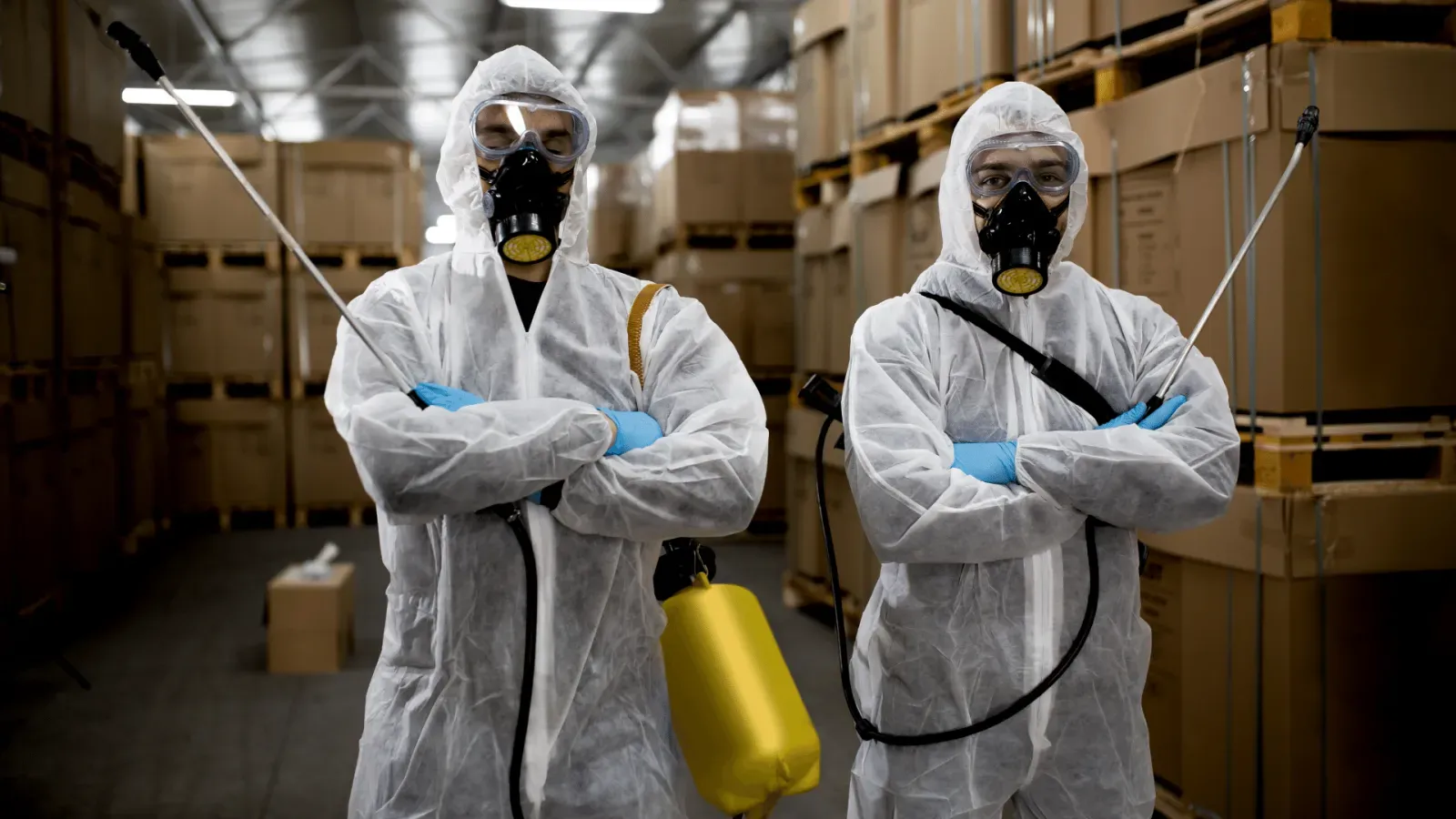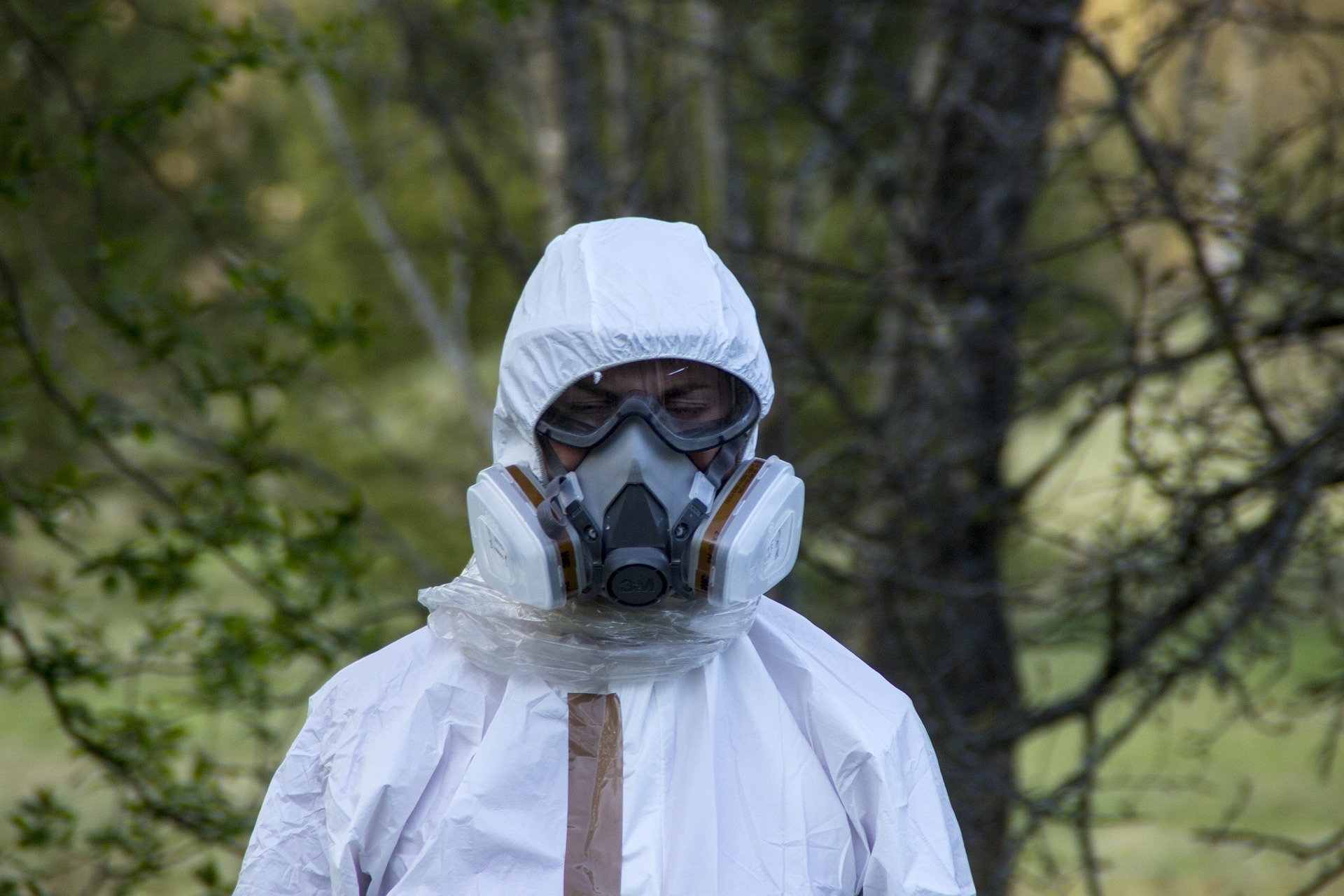Safety Tips: Occupational Asthma
Occupational asthma is a lung disorder in which substances found in the workplace cause the airways of the lungs to swell and narrow, leading to attacks of wheezing, shortness of breath, chest tightness, and coughing.
Asthma Causes
Many substances in the workplace can cause occupational asthma. The most common triggers are wood dust, grain dust, animal dander, fungi, or other chemicals (especially diisocyanates).
Though the actual rate of occurrence of occupational asthma is unknown, it is suspected to cause 2 – 20% of all asthma cases in industrialized nations.
The following workers are at higher risk:
- Bakers
- Farmers
- Detergent manufacturers
- Metal workers
- Drug manufacturers
- Millers
- Grain elevator workers
- Laboratory workers
- Plastics workers
- Woodworkers
Symptoms
Symptoms are usually due to swelling of the airways and spasms of the muscles lining the airways. This reduces the amount of air that can pass through, and can lead to wheezing sounds. See also: Asthma
Symptoms usually occur shortly after you are exposed to the substance, and often improve or go away when you leave work.
Some people may not have symptoms until 12 or more hours after being exposed to the allergen.
Symptoms usually get worse toward the end of the work week and may (but not always) go away on weekends or vacations.
In general, symptoms include:
- Coughing
- Shortness of breath
- Tight feeling in the chest
- Wheezing
Exams and Tests
The health care provider will perform a physical exam and ask questions about your medical history. Your symptoms may have a pattern of getting worse with a certain workplace environment or substance.
The health care provider may hear wheezing when listening to the chest with a stethoscope.
The following tests may be used to diagnose this condition:
- Blood tests to look for antibodies to the substance
- Bronchial provocation test (test measuring reaction to the suspected allergen)
- Chest x-ray
- Peak expiratory flow rate
- Complete blood count
- Pulmonary function tests
Treatment
Avoiding exposure to the substance that is causing your asthma is the best treatment.
- The best option is to change jobs, but this may be difficult to do.
- Moving to a different location at the job where there is less exposure to the substance may help, but it does not seem to make a difference for many people. Over time, even a very small amount of the substance can trigger an asthma attack.
- Using a respiratory device to protect or reduce your exposure may help.
Asthma medicines (almost always inhalers) may help you manage your symptoms. Talk to your doctor about these medicines.
•Asthma quick-relief drugs help relax the muscles of your airways.
They are called bronchodilators.
•Asthma control drugs are taken every day to prevent symptoms
related blogs

Why Indoor Air Quality Investigations is a Necessity in These Times?

Few Important Tips to Help You Select Environmental Consulting Services!




